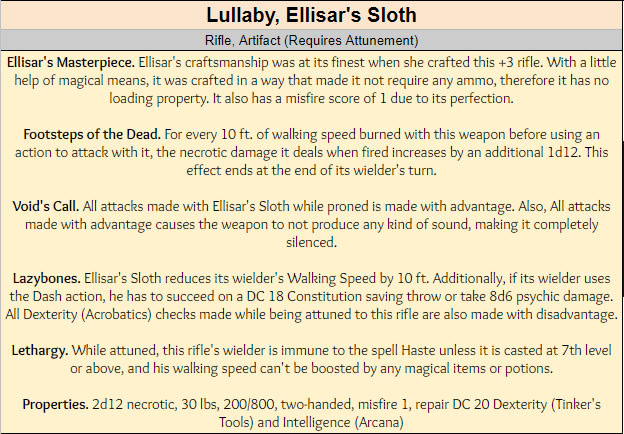

During the last few months I have taken to reconsidering a few elements of Dungeons & Dragons 5th Edition.

One reason we all like the Mojo concept for this campaign.Sorry it has been a while, but life has been a bit wild. They haven't been able to amass much, certainly not enough to purchase additional magic items, even if they were available. it's been a lot of fun.Īs for gold, it's a pirate campaign, the vast majority of their gold goes to either buying or upgrading ships or spending it on raising their infamy in port towns. but pirates aren't like that (the creators were otherworldly and didn't understand humanoid foibles) The players have managed to capture 4 of the coats, and have unlocked some of their powers. The coats were built by 8 different beings working in conjunction to overcome the ultimate menace in the campaign, and were given to pirate captains in the hopes they'd work together. Finally, they add resistance to 2 energy types and immunity to a 3rd. The second artifact is armor, a captain's coat, specifically, that also increases in power as they level, but each coat has the same boosts starting with AC as X armor (going from leather to chain to breastplate), then adding magical +1 to AC/Saves, eventually up to +3. It follows the basic guideline for magic weapons, increasing in power where the DMG suggests it should, and intermittent levels adds neat things, like expertise in a commonly used skill, doubling long rest class abilities, etc. The first is a personalized weapon, that increases in power as they level, bestowed upon them by their patron god. I stole the Mojo item concept from Kirthfinder and built two artifacts for my players. 5e is trying to solve it by saying magic items are LOTR rare, and label everything common, rare, really rare, uber rare, this-doesn't-exist rare. I felt that they swung too far and made gold useless because the only thing on the market is potions of healing and the gloves of giving a jack.Ĥe tried to solve it with wish lists, but the arms race continued. These optima result in defaults, which results in an arms race between optimizers/players and the designers, with the DMs helplessly taking friendly fire. But as an optimizer I can say that when there is a choice, there is often an optimal choice for a given goal. I, like you, miss the customization and moldable space that items gave you. With players able to buy weapons outside of common, this gives more optimization knobs to the players. This is to give more control of the power level of the game in the hands of the DM. There has been quite a bit of designing effort put into making magic weapons practically inaccessible to players, and solely in the hands of the DM to hand out. A blacksmith ought to be able to use a magic scroll combined with the proper materials to make a magical item with some benefits of the spell scroll (materials would depend on item, ruby or fire opal for fire effects and the like, and he may need assistance from a spell caster)īasically, if your players have time and want to make magic items, I'd say let them as long as you make an adventure out of it.Sufficiently skilled magic users ought to be able to transfer magic from one item to another, given time and the proper reagents (item dependent).If one of my players wanted to alter a halberd, taking the blade off and creating a sword or dagger from it, I'd allow him. A skilled blacksmith ought to be able to modify magical items into different shapes and sizes.Beyond that, the DMG offers some guidelines on required spells for producing an item, but it's really up to the DM what can be made, required materials, and how long the process will take. I added an NPC to my game who can identify magical items and transfer effects from one item to another (usually overwriting its current bonuses, if it has any).


 0 kommentar(er)
0 kommentar(er)
